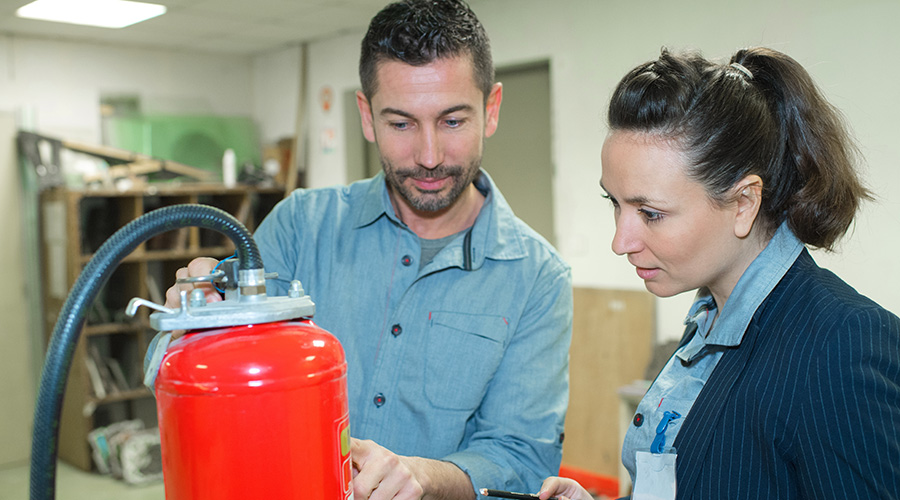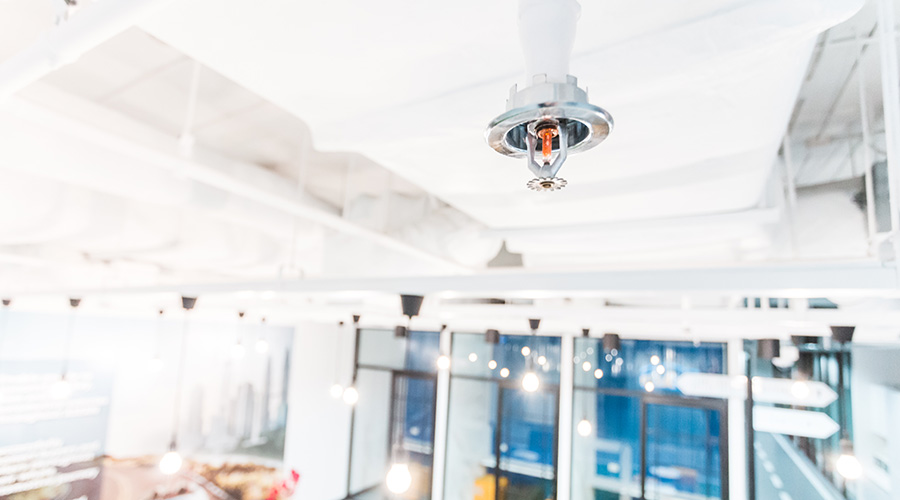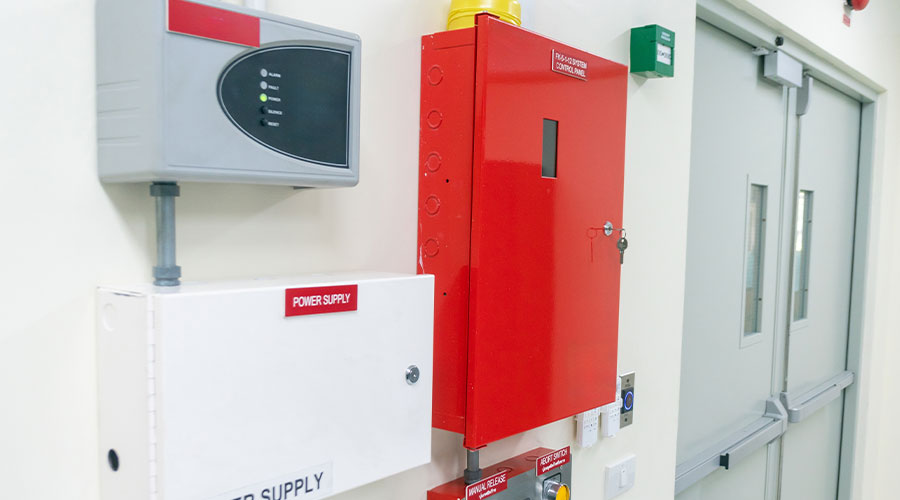ICC Mandates Photoluminescent Markings
Last year, the International Code Council (ICC) approved two changes to its International Building Code (IBC) and its International Fire Code (IFC). The first requires pathway marking systems in new high-rise buildings and the second requires pathway marking systems in existing high-rise buildings. The requirements apply to the following occupancy types: assembly, business, education, institutional, mercantile, hotels and motels. Apartment and condominium buildings were not included.
These changes almost certainly mean that pathway marking systems will be installed in tens of thousands of new and existing buildings in the next few years. What’s unclear, however, is if and when IBC 2009 and IFC 2009 will be adopted in local jurisdictions. It is also unclear whether some jurisdictions will amend these codes to eliminate or delay implementation of these requirements.
The issues that arose in New York City following the 2005 implementation of Local Law 26 requiring pathway marking demonstrate the need for attention to the following: choosing knowledgeable suppliers and contractors for the design and installation of the pathway marking system, achieving light levels sufficient to charge photoluminescent components, and achieving good adherence of photoluminescent components to surfaces by adequately cleaning or painting surfaces or by using mechanical fasteners.
Pathway marking components must be provided to mark the steps, handrails, landings, obstructions, and certain door frames and door hardware. There are also several signs that will be required.
Questions about system cost are common. Obtaining a good estimate can be difficult. For existing buildings, bidders may be reluctant to provide a proposal without surveying the building first. In general, materials may run several hundred dollars per flight of stairs. Installation may run several times that figure. The geometry of the stairs will influence material cost. The lighting and surface conditions in the stairwell and the size of the building determine the installation time needed.
For new buildings, many of the common problems with existing buildings in terms of ambient light levels and surface conditions can be anticipated during the design phase, reducing system cost .
— James D. Amy, Jr. P.E., senior consultant with Rolf Jensen & Associates, Inc.
Related Topics:














